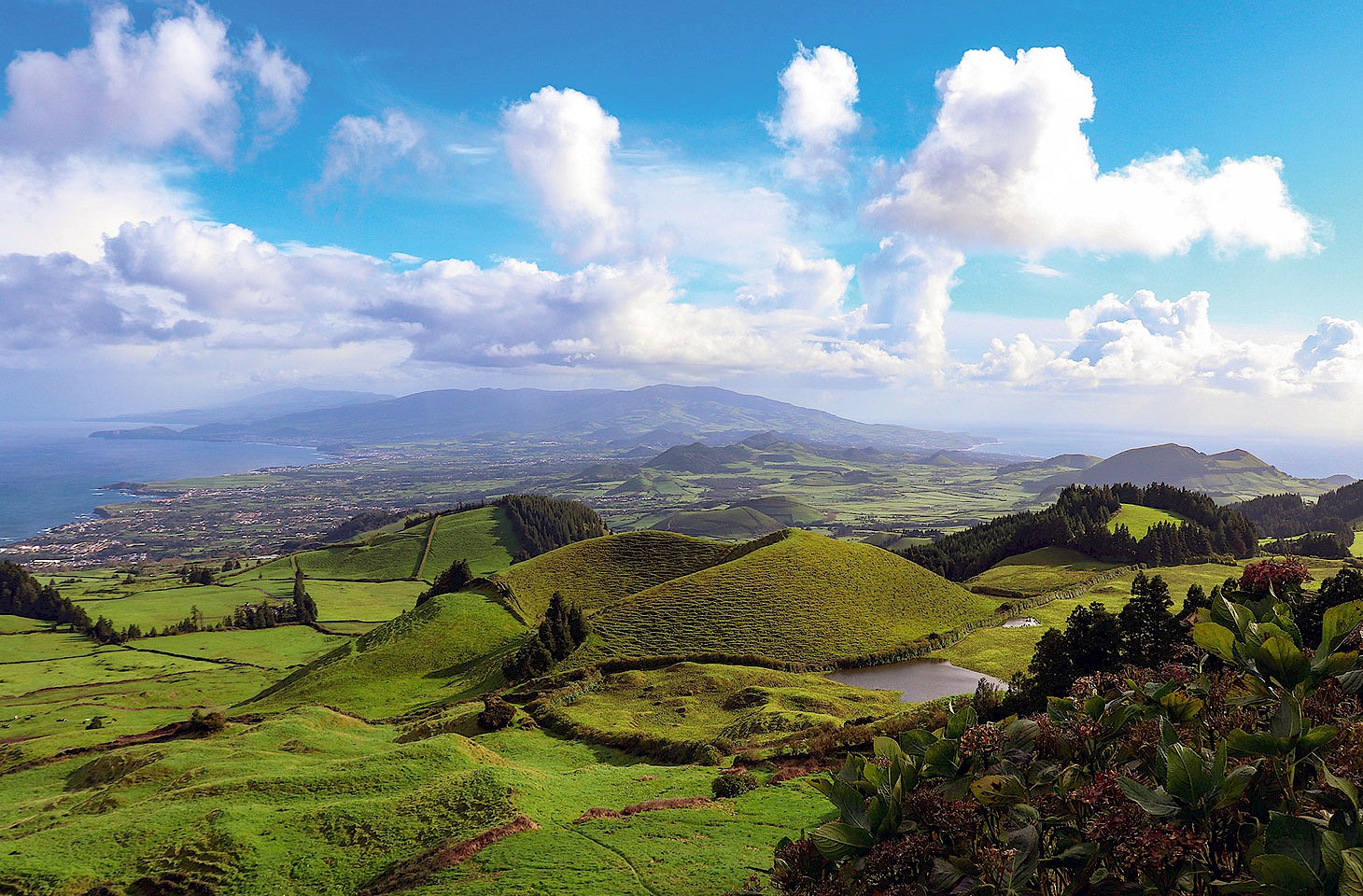The outer edges of the European Union are rarely comfort zones. Where the EU abuts onto a third-party state which is not a member of the European Economic Area (EEA) or the European Free Trade Association (EFTA), there is inevitable friction — and it is that prospect which breeds fear in communities along the inner-Irish border from Lough Foyle to Carlingford Lough. We look east to explore a region where the EU rubs shoulders with a country which stands outside the mainstream of European affairs.
The water route
Tucked away in the forests that span the border between Belarus and Poland is the most placid of waterways. A couple of canoeists paddle east towards the border, the evening sun behind them. A wolf lurks in the forest, unseen by the canoeists. High overhead, a buzzard circles. Thirty years ago the border just ahead marked the western edge of the Soviet Union. Hermetically sealed, a frontier where no civilian could easily pass, least of all those who kayak through forest waters just for fun.
Even today, this region is peripheral in multiple senses. The north-west corner of Belarus is a remote outpost of the post-Soviet world. The town of Hrodna (Гродна), on the River Neman close to Belarus’ borders with both Lithuania and Poland, feels a long way from Minsk. Just over the nearby border, the sparsely populated forests of Lithuania and Poland abut onto Belarus and form the edgelands of the European Union. This is where the Schengen ideal confronts the uncomfortable reality that freedom of trade and movement for some necessarily creates borders for others.
These days, the Augustów Canal is thus a real European backwater, but when it was first conceived two centuries ago, this canal was a key imperial asset in a turbulent European trade war.
“We need a backstop,” the tsar demanded of his closest advisors. Or words to that effect. In the post- Napoleonic era, Congress Poland had been economically assimilated into the Russian Empire. No longer were there any trade barriers between the two. But — and it was a big but — when it came to exporting goods out via the Baltic, Ostpreußen (East Prussia) was an obstacle. Prussia controlled not just all trade through Königsberg (now Kaliningrad) but also trade on the Neman River which reached the sea at the Prussian-controlled port of Memel (now Klaipėda in Lithuania).




